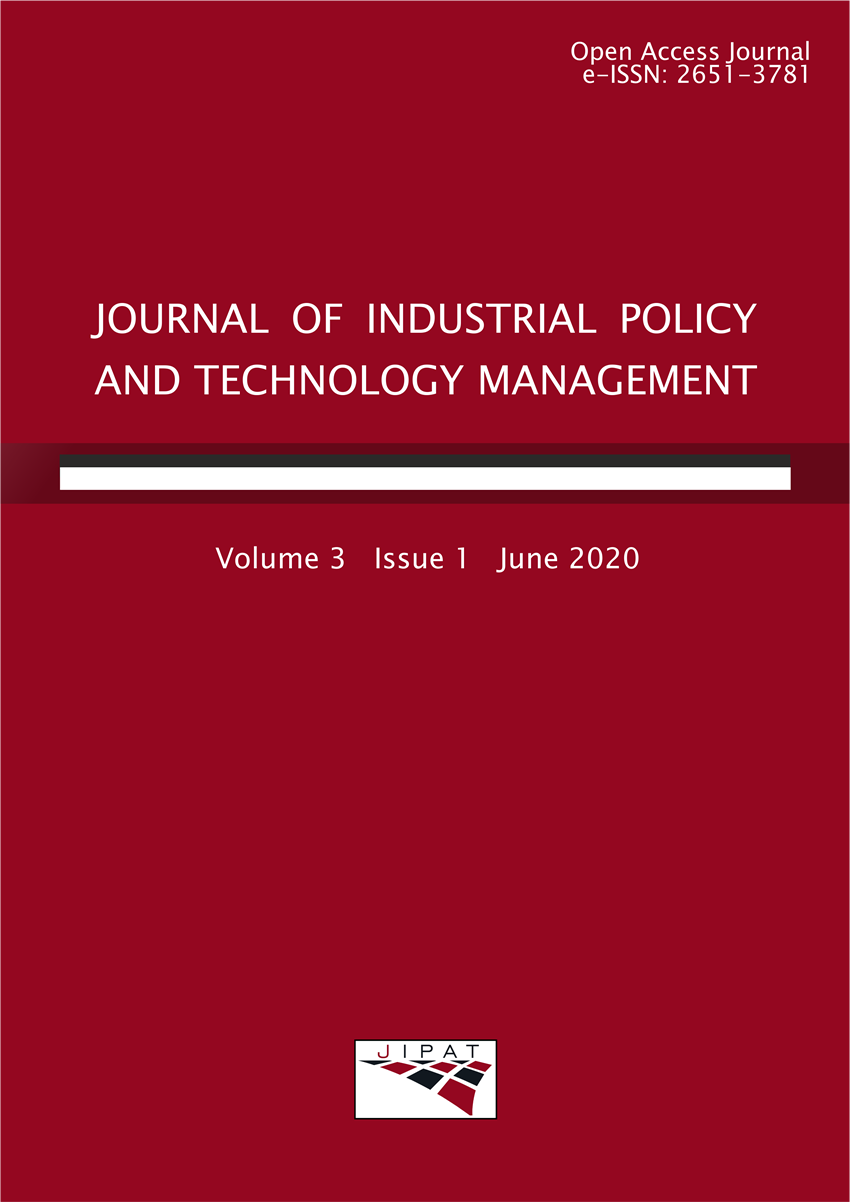The Status of BRIC Countries in Terms of International Relations and Their Potentials to Become a Global Power
Abstract
The “BRIC” term consisting of the first letters of Brazil, Russia, India, and China was first coined in 2001 by Jim O'Neill, the chief economist at the international investment company Goldman Sachs. These countries encompassing over 25% of the world's land coverage and 40% of the world's population and holding a combined GDP of 25% and assuming the leader role in terms of the developing countries have important differences apart from their similarities in their economies. The significant reason for their taking part in this group is that these countries have achieved rapid economic growth along with the economic reforms and transformation and take place near the top among the countries with the highest national income. The significant reason behind the becoming of these countries one of the major economies of the world after the 1980s is that the rapid growth in China and India and high incomes based on the natural resources wealth in Brazil and Russia. It is discussed that BRIC countries, which differ in many respects from their political regimes, development models and economic policies, leave their mark on the 21st century. In this study, the potentials of BRIC countries to become a global power in the future will be evaluated.
Keywords
BRIC Countries, Global Economy, Economic Growth
Full Text:
PDF
This work is licensed under a Creative Commons Attribution 4.0 International License.
Indexing and Abstracting Services



Other Sources and Services

License

Journal of Industrial Policy and Technology Management is licensed under a Creative Commons Attribution 4.0 International License.
Mailing Address
 | Journal of Industrial Policy and Technology Management |


